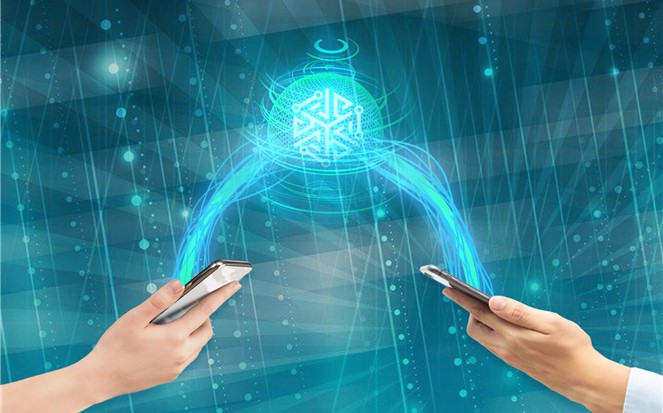
The Evolution of Blockchain Includes the Less Heralded DAO
Less talked about creations that can only exist with blockchain technology are Decentralized Autonomous Organizations (DAO). This is an organization that operates autonomously on a blockchain network, using smart contracts to execute its functions. While a famous Ether hack gave DAO’s a figurative black-eye a few years back, the defi organizations exists and new purposes, and with that new challenges as well.
What is a DAO?
A Decentralized Autonomous Organization (DAO) is a type of organization that is run by smart contracts on a blockchain network rather than a centralized authority. In a DAO, the rules and regulations are encoded in computer code, which is executed automatically by the blockchain network. This means that decisions are made through a decentralized voting process rather than being controlled by a central authority.
DAOs are not controlled by any single entity or individual but rather by a distributed network of users. The DAO will self-execute on rules and directives encoded in the blockchain. All of these decisions and transactions made within a DAO are recorded on a public blockchain, this is designed to make them transparent and auditable.
DAOs can be used for a wide range of applications, including governance, finance, and decentralized applications (DApps). They offer a way for communities to come together and govern themselves in a decentralized and transparent way, without the need for a centralized authority.
The Purpose of a DAO
The purpose of a DAO is to provide a trusted method of organizing and managing a group of people, without the need for a centralized authority. DAOs are designed to be self-governing, transparent, and autonomous. They enable members to collaborate on a common goal, make decisions through a democratic process, and manage resources in a decentralized way. DAOs are often used for fundraising, investing, and community-driven projects.
Examples of DAOs
One of the most well-known examples of a DAO is The DAO, which was launched in 2016. The DAO was a decentralized investment fund that raised $150 million in Ether (the cryptocurrency of the Ethereum network). Unfortunately, The DAO was hacked shortly after its launch, leading to the loss of millions of dollars. This event highlighted the potential risks associated with DAOs and the need for proper security measures.
A more successful example of a DAO is MakerDAO, which is a decentralized lending platform that uses a stablecoin called DAI. MakerDAO enables users to borrow and lend cryptocurrency without the need for a centralized authority. It operates autonomously through a set of smart contracts that are stored on the Ethereum blockchain network.
Who Uses DAOs?
DAOs are typically used by communities, organizations, and individuals such as Decentralized Finance (DeFi). The Defi projects use DAOs to govern the platform and make decisions about its future path and development.
Some gaming communities have used DAOs to manage in-game assets and govern the community. Social media outlets have chosen decentralization and implement a DAO social media platforms use govern the platform and make decisions about content moderation and platform development.
Are DAOs Legal and Safe?
Regarding the safety and legality of DAOs, they can be safe and legal if designed and implemented correctly. However, like any technology, there are risks associated with DAOs, including the potential for hacking and exploitation of smart contracts.
The legality of DAOs depends on the jurisdiction and the specific nature of the DAO. In some countries, there may be regulatory frameworks that apply to DAOs, while in others they may not be explicitly recognized. In general, the local law applies to the DAO. Those that engage in illegal activities or violate securities laws can be subject to legal action. Regulations specifically applicable to this new technological format are subject to revision.
Take Away
Blockchain technology has grown and evolved since the creation of the first DAO, simply called, The DAO, in 2016. The development of new blockchain platforms and smart contract languages has made it easier to create and operate DAOs, and there are now many different types of DAOs being developed for various use cases. The security of blockchain technology has also improved and expanded adoption and adaptation to different groups will rely on the trust of the technology to shield itself from outside harm.
Managing Editor, Channelchek
Sources
https://blockworks.co/news/reevaluating-crypto-journalism-funding